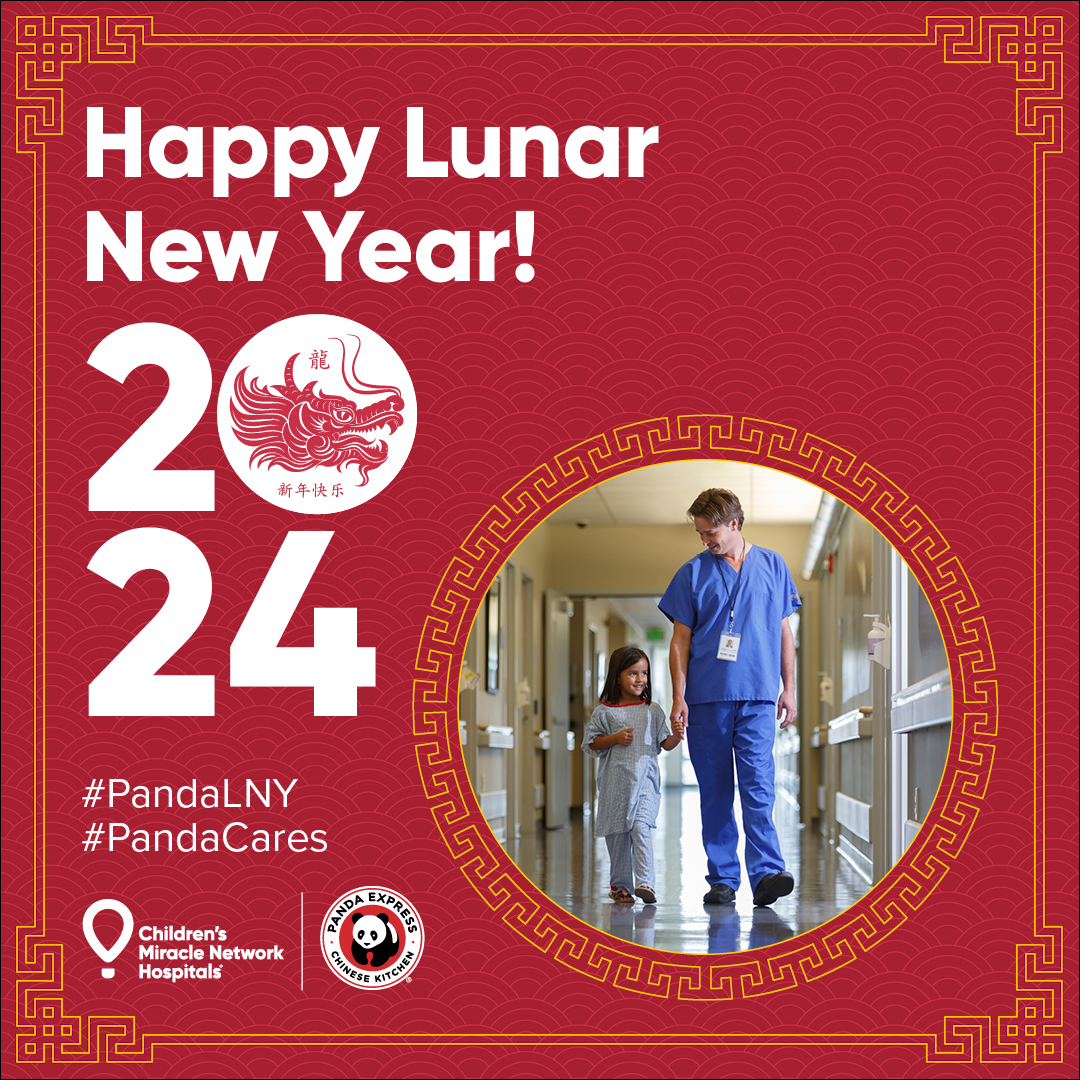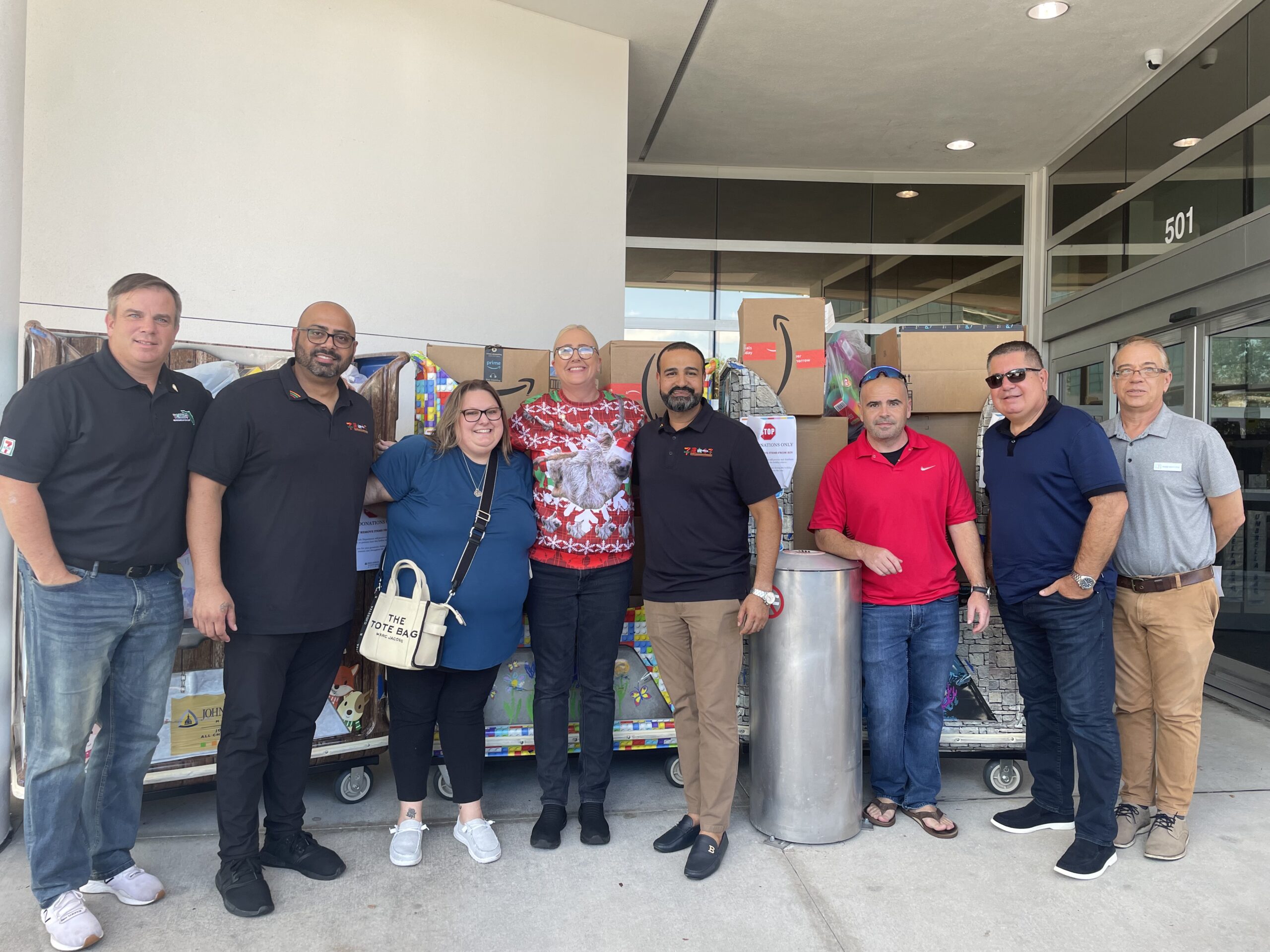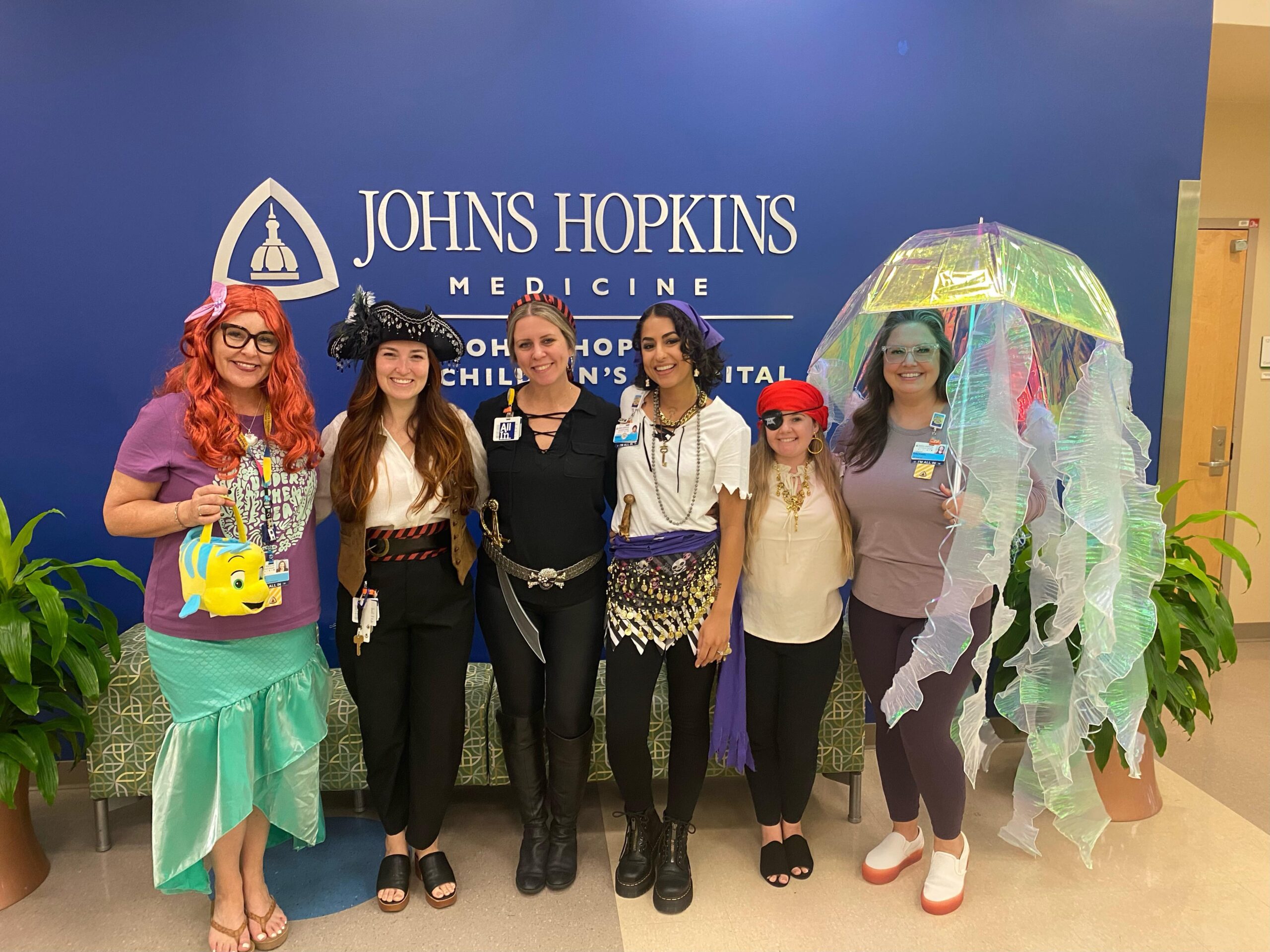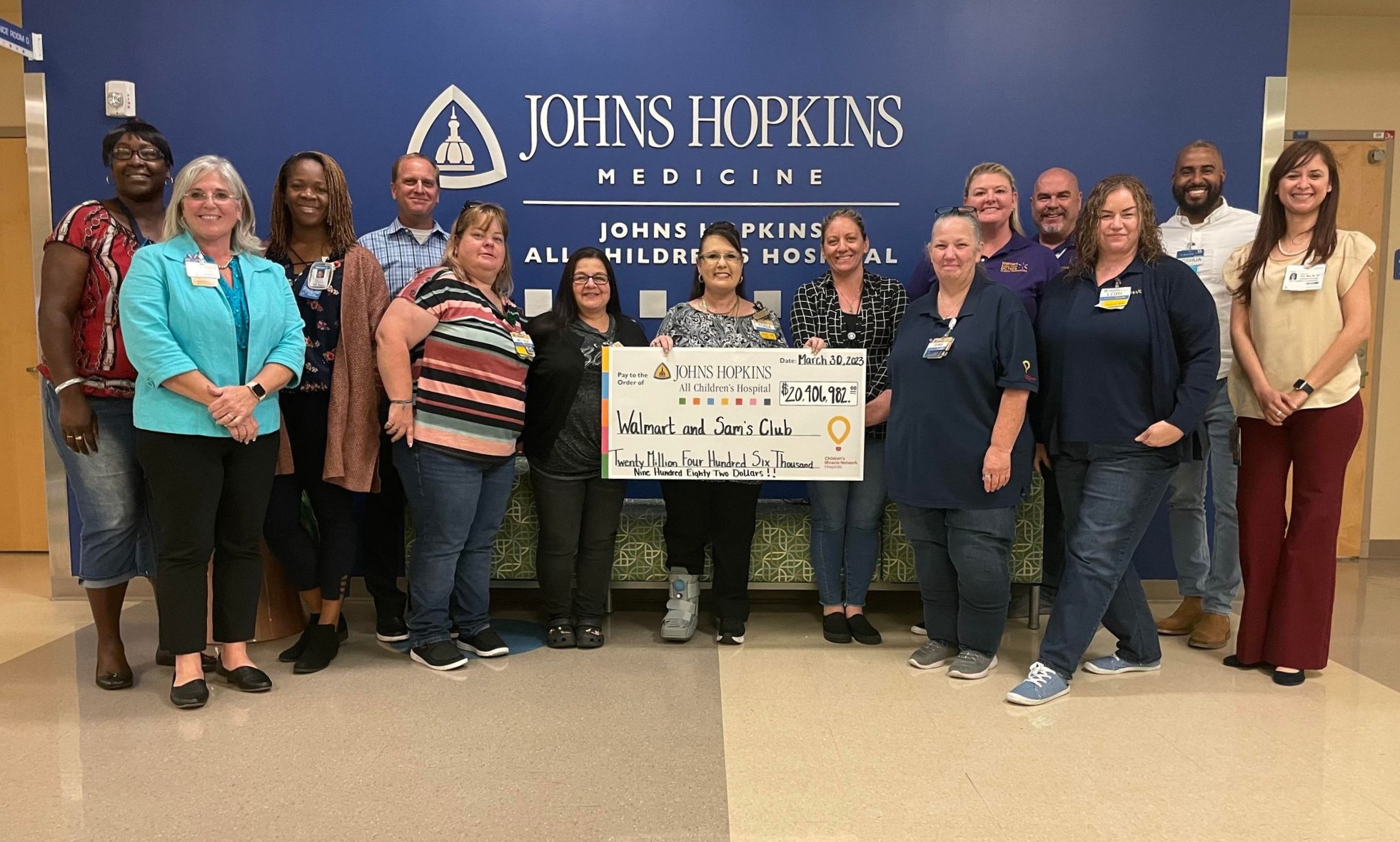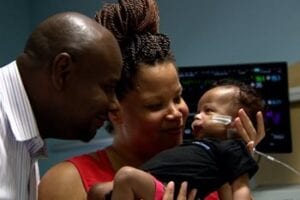Legend Anderson Sr. gathers his baby boy into his arms on a recent cool spring morning. He looks him over intently. Legend Jr. seems insistent on touching his dad’s face. That’s an extra worry these days. … Was that a sneeze?
As hypervigilant as his mom and dad are being, 7-month-old Legend Jr, or “LJ,” is apparently blissfully unaware that he’s living through the middle of a pandemic.
“Ma-ma, Da-da!” he babbles. He’s beginning to form his words, but he’s still not quite sure which assignation goes to which parent.
This era of COVID-19 is not the only extraordinary event in the first year of this little one’s life. LJ was born late last summer with a congenital diaphragmatic hernia — a hole in the diaphragm that forms early in fetal development — allowing vital organs to push up into the chest, choking off lung growth.
After spending the first critical months of his life at Johns Hopkins All Children’s Hospital, in November his parents were able to take their healthy but still fragile infant back home to Greenville, South Carolina.
Keeping him safely quarantined through the winter months as LJ got stronger, they had been looking forward to spring as the time when they could really begin to get their boy out and about, and start showing him the world.
But then, COVID-19 …
“We were just about to break loose,” says his mom, LaToya. “And then it was like, ‘Nope, you’ve got to hunker down a little longer.’ But, to keep him safe, it was a no-brainer.”
First Months
LaToya and Legend were surprised and delighted in January of 2019 when they learned LaToya was pregnant. But a 20-week scan would reveal a sobering reality. Their baby would be born with a right-sided congenital diaphragmatic hernia (right CDH).
At first they were bewildered. Congenital diaphragmatic hernia … what is that? They did some research and grew more worried. Much of what they were learning did not leave them with great optimism. The fatality rates for CDH were high.
But through what these parents now view as a bit of divine intervention, they would connect with other CDH families who were eager to help and to offer the wisdom of their own experiences. Many of the success stories shared something in common. … They pointed back to the Center for Congenital Diaphragmatic Hernia at Johns Hopkins All Children’s Hospital, under the leadership of David Kays, M.D.
“We believe fundamentally that these kids have what it takes to survive, and it’s up to us to bring out that potential,” Kays says. “National survival is probably 65 to 70 percent. Survival here is more than 90 percent. That’s a game-changer for so many families.”
The Andersons had made their decision and began to put a plan in place.
“We had talked with real families who had been through this, who knew the ups and downs,” LaToya says. “So we felt confident about the Center for Congenital Diaphragmatic Hernia at Johns Hopkins All Children’s.”
LJ still managed to surprise his parents with an early arrival. He was born via emergency C-section on Aug. 26. Within an hour, he was placed on extracorporeal membrane oxygenation (ECMO), a form of heart and lung bypass.
“Legend Jr. had a severe right CDH with about 80 percent of his liver up in his chest. He was very ill,” Kays says.
Kays performed the repair surgery the very next day. For LJ, having his surgery early in the course of treatment would give him the maximum opportunity for his small lungs to expand, to be as big as they could be.
The repair surgery is fundamental. But just as important is the consistent level of care that comes after that. What are the best practices for taking care of small lungs? For protecting and preserving the baby’s delicate brain?
Having treated nearly 500 babies with CDH over the course of his career, Kays and his team apply the knowledge that comes from all the important lessons they’ve learned.
“What I believe sets this program apart is the level of experience and the success we’ve built over time,” Kays says. “We’re excited about how well even babies on the severe end of the spectrum are doing.”
Baby LJ had a fight ahead of him. He would spend 26 days on ECMO. Then many more weeks learning how to breathe on his own, how to eat, how to generally adapt to life outside the womb.
It was overwhelming at times for these new parents. But they had help.
“The clinical staff …we probably wouldn’t be here if it weren’t for them,” LaToya says. “They coached and counseled. They took us step by step, explaining procedures and medications. They’ve all been incredible.”
LJ got a little better each day … until that day in late November, when Latoya and Legend Sr. got to take their baby boy home.
Looking Forward
Being new parents can be intimidating, but with a CDH baby, perhaps even more so. LaToya remembers the first few days and weeks on their own at home with LJ.
“It was terrifying,” says LaToya, with a laugh. “We would go get the flashlight in the middle of the night and look in on him through the wee hours of the morning to make sure he was OK.”
“It took a lot of leaning on each other,” says Legend Sr. “Reassuring each other … ’You’re a great mom’ and ‘You’re a great dad,’ because there are times that you doubt yourself.”
LJ is giving his parents few reasons to doubt, these days. … He’s hitting all his developmental markers, gaining weight steadily, and keeping his mom and dad entertained as the family continues to shelter in place through this time of COVID-19.
Sometimes we don’t know why things happen. Birth defects. Pandemics …
“Life is teaching us we can weather any storm,” LaToya says.
This family is looking ahead, excited about showing little Legend Jr. the full life that so many fought so hard for him to have.
Click on the video below to watch the Andersons’ story of the care of their baby at Johns Hopkins All Children’s Hospital.
